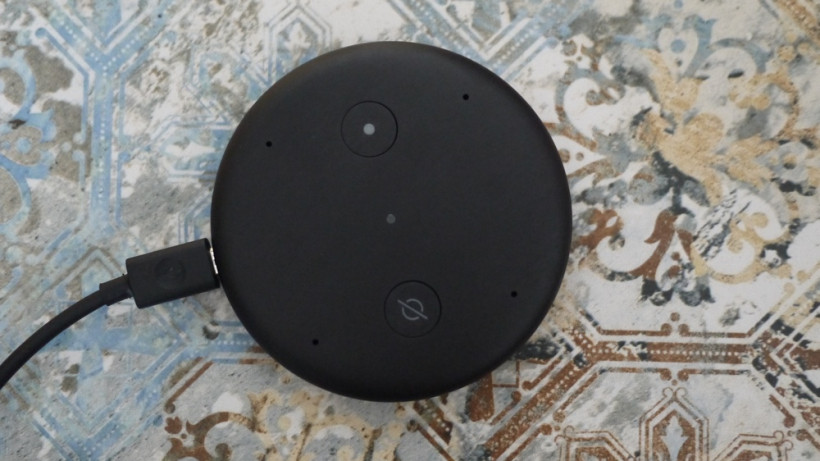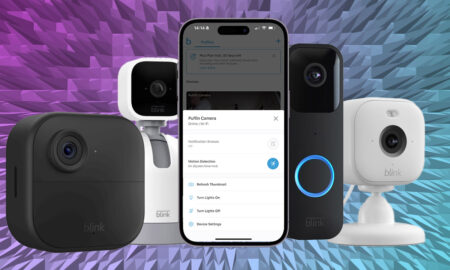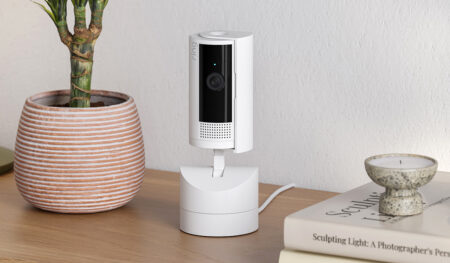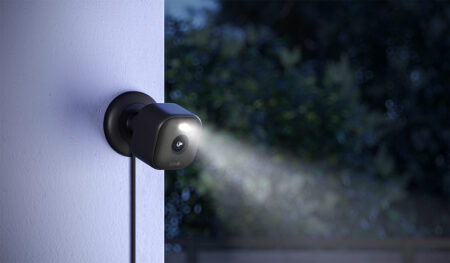The Echo Input is a problem solver – but not a primary Alexa speaker
The Echo Input is a niche device that certainly shouldn’t be seen as a cheap way of getting Alexa into your home. Rather, it’s much better suited to performing a single task for existing users – namely adding music streaming to an unconnected stereo, or discreetly providing Alexa coverage in stubborn areas of your home. As a music streamer it's perfectly capable, but without proper audio connections it’s unlikely to suit an audiophile set up. The Echo Input is a low priced stop gap – and there’s nothing wrong with that.
Pros
- Small and discreet
- Cheap
Cons
- No RCA
- Limited use cases
Smaller and more discreet than even the Echo Dot, the Amazon Echo Input fills a niche but important role in the ever-expanding Alexa line up. Hardly bigger than a coaster, the Echo Input sacrifices any built-in speaker and is designed to be added to existing stereos via auxiliary input.
At just £34.99 (although regularly sold as cheaply as £20) it’s a quick and easy way to get Alexa into your home, and can actually solve a headache for some households. But it’s not perfect. Let’s get started.
Echo Input: Design
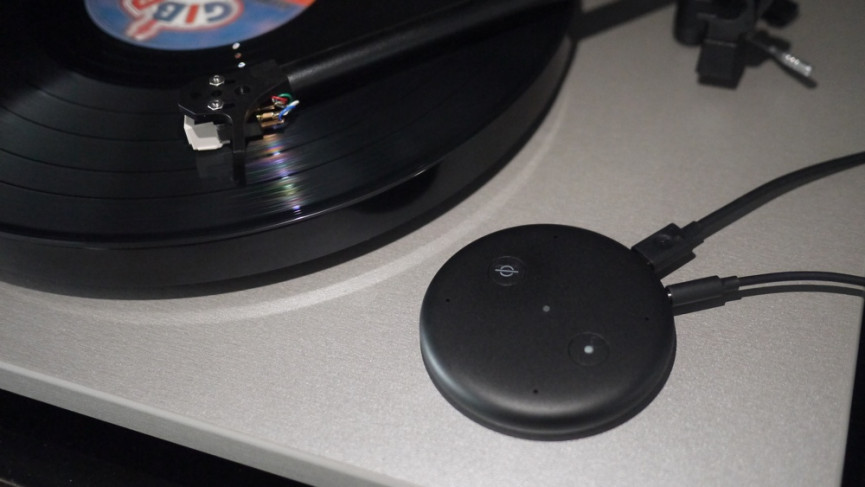
Easily the smallest device in the Echo range, the Input has the same footprint as the Amazon Echo Dot, but only stands at a third of the height. The smooth puck-like design has just two buttons on the top, an action button and a privacy one to mute the microphone array.
Power is delivered via micro USB and there’s a 3.5mm audio output, which will need to be connected to an audio system with an auxiliary input. The supplied cable is just a standard double 3.5mm audio cable without RCA connectors. If you’re running an amp or stereo that only has RCA you may need to invest in a separate lead.
Echo Input: Features and experience
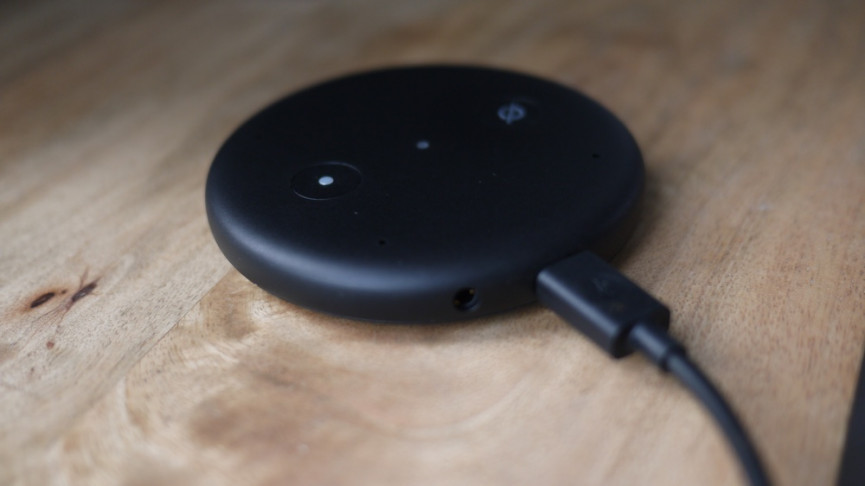
You get a standard Alexa set-up with full access to skills and features, just like an Echo Dot (which also has 3.5mm audio out). There’s full functionality and if you’re looking for a full rundown of what Alexa does, we implore you to read our complete guide.
Because there’s no speaker whatsoever, audio feedback will have to be delivered back through the audio system. You can also connect via Bluetooth to an external speaker which worked well, though it could be a tad laggy.
The latest Echo / Alexa devices reviewed
Amazon Echo (2019) review
Amazon’s Echo Dot with Clock review
Amazon Fire TV Cube (2019) review
Amazon Echo Show 5 review
Amazon Echo Sub review
Amazon Echo Wall Clock review
Amazon Smart Plug review
Amazon Fire TV Stick 4K review
Amazon Echo Show review
Amazon Echo Dot (3rd generation) review
Amazon Echo Plus review
Amazon Echo Studio review
So what’s the Echo Input best used for? Well, the key use case would be to enable music streaming to non-connected stereos. For just £34.99 you will then be able to ask Alexa to stream from Amazon Music, Spotify, Deezer, iHeartRadio and TuneIn (for radio stations), and now in the US, Apple Music as well.
While music streaming to retro stereos is the a key use case, the Echo Input also makes for an interesting way to plug gaps in your smart home. They could be discreetly placed in problem areas such as hallways or porches where your existing speakers can’t hear. That will enable you to bark commands to control lights or lock doors, when you don’t care about getting audio feedback.
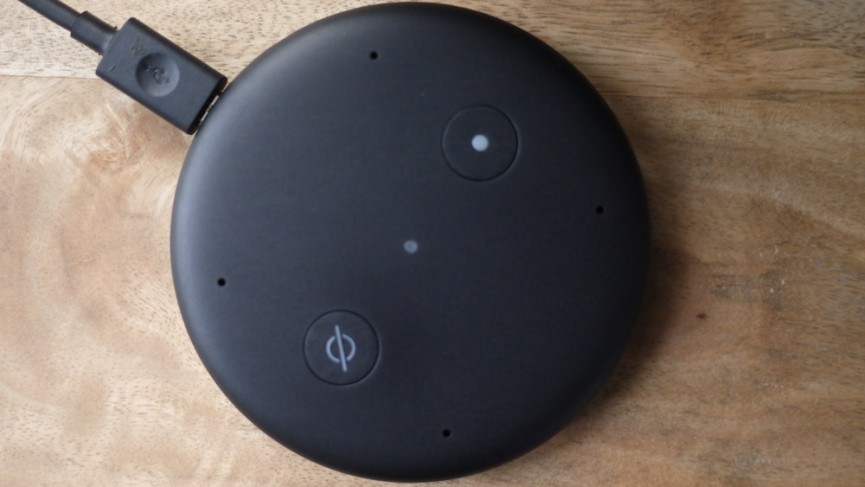
However, there are some obvious downsides to the simplistic nature of the Echo Input. The first is that the lack of proper audio outputs means that sound quality isn’t particularly stunning. Those who feel strongly about keeping a proper old stereo could be irritated by the quality – and for those people there’s the Echo Link for $199.
And of course, if you switch the input on your stereo, you’ll need to switch it back before you can hear any feedback from Alexa. This makes it less than ideal as a primary Alexa device, and better suited to single use cases, such as simply adding music streaming.


